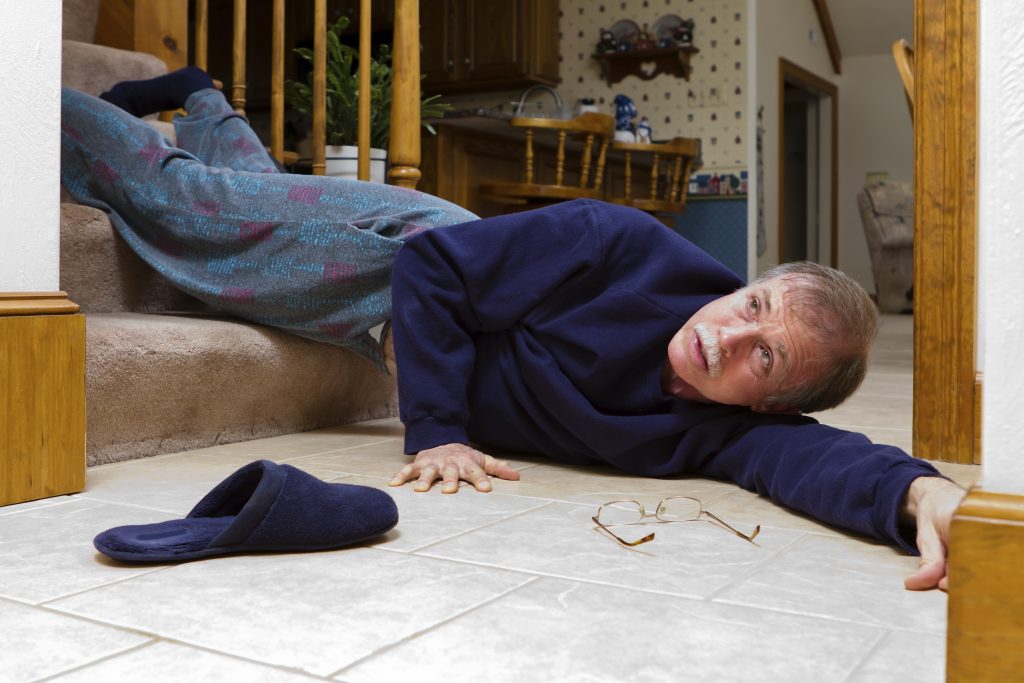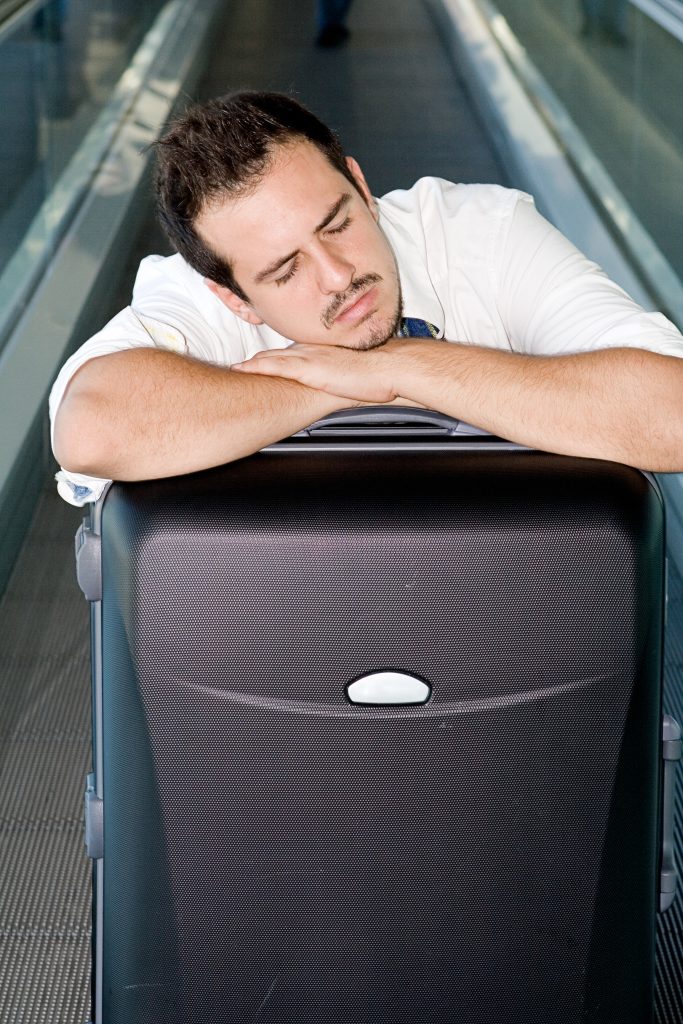Talking about seniors falling reminds me of my mother. She wanted to be independent and mobile. Her children helped her achieve that goal by finding people to assist her at home. My brother and sister were in the same city so they made sure she was safe and comfortable.
My mother had multiple medical problems. She was in her 80s. Her peripheral vision was diminished. This blinded her to furniture as she was walking. She had right foot drop from neurological problems. This made it difficult to lift her foot often causing her to trip. She used a walker to aid her unsteady gait. She had osteoarthritis and osteoporosis. She was lucky to never break a bone from falling.
The shower area was equipped with handles. This made it easy for her to maintain balance while getting in and out of the tub. Sometimes she would get dizzy spells. She also had mild congestive heart failure. Once a month her wonderful family physician would make an old-fashioned house-call to check her blood pressure and give a vitamin B injection.
To maintain her safety and independence we hired in-home help twice daily. In addition to this, a physiotherapist would come once-a-month to assess and advise her on mobility and balance. A massage therapist would come once-a-week to take care of her aches and pains. She also subscribed to an emergency call system that utilized a neck pendant with an emergency call button. Help was always only a button-push away. It was also nice to have wonderful, helpful, and caring neighbours.
The worst part of the year is winter. Icy roads, parking lots and sidewalks are dangerous for young and old alike. We must be vigilant at all times. If it takes a village to raise a child then it takes a community to care for a senior. This involves family, friends, neighbours, volunteers and health care professionals. A team effort.
When we fall the consequences can be serious. Particularly in seniors. Many of them are on blood thinners. Statistics show that 50 per cent of seniors who fall do so repeatedly. Almost half of seniors that fall experience minor injury and five to 25 per cent experience serious injury. About 40 per cent of nursing home admissions are the result of falls. Falls cause more than 95 per cent of hip fractures among seniors, 20 per cent will die within the first year and 50 per cent will never regain their pre-hip fracture functioning. These are serious statistics.
There is a lot we can do to prevent our seniors from falling. Some steps were covered earlier in this article. Also, we should remember to keep our seniors active. Activity improves muscle strength which improves balance. Exercise at least 30 minutes a day. It does not have to be all at once. For example, 10 minutes three times a day. You can walk, dance or take an exercise class. Tell your doctor if you feel lightheaded while exercising. You may have a blood pressure problem or something more serious. Do not ignore these warning signs.
I can go on and on but you get the point. Slow down, be careful, watch your surroundings and ask for help if you cannot do something. Children, keep an eye on our precious experienced “young” folks. One day we will be wearing their shoes, my friend. Remember, November is Seniors’ Falls Prevention Month.
Start reading the preview of my book A Doctor's Journey for free on Amazon. Available on Kindle for $2.99!



